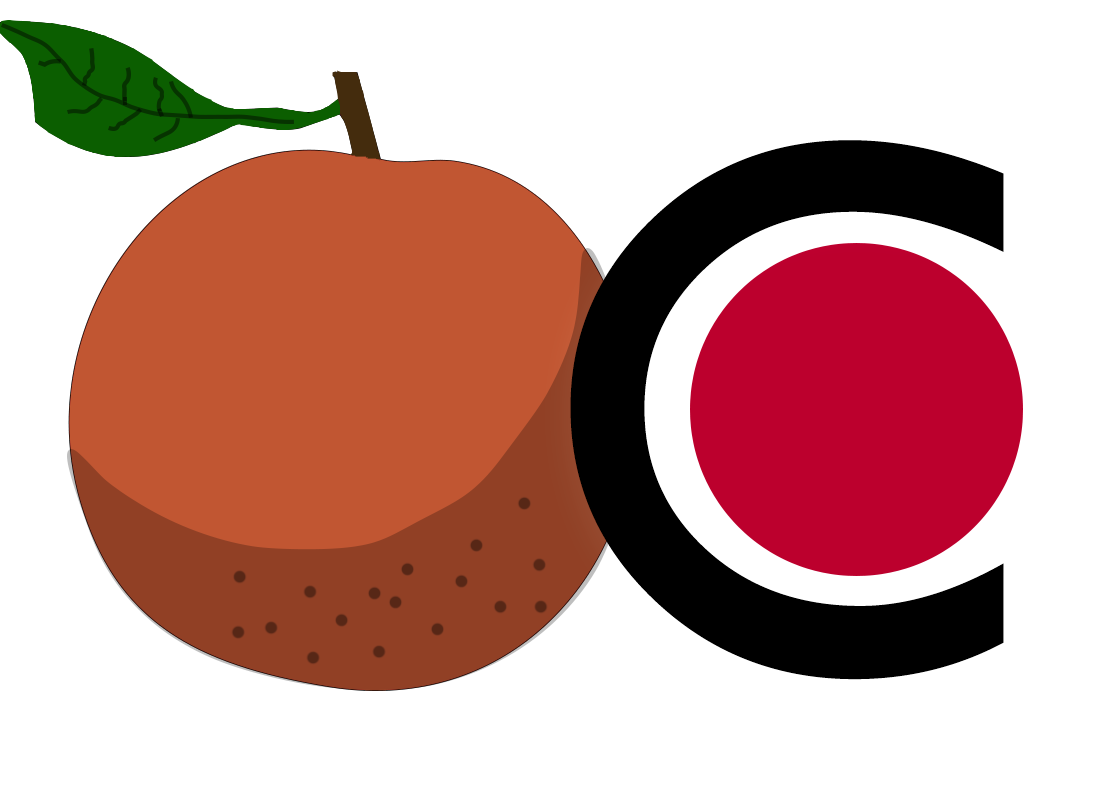Introduction
This website tells some of the stories of Japanese people who lived in Orange County, California in the first half of the 20th century. How exactly their lives unfolded remains foggy to us today, but thanks to California State University of Fullerton's Lawrence de Graaf Center for Oral and Public History’s oral histories, which this website is almost entirely based upon, we have a window into how they remember their lives and their communities.
What's in the site?
The Orange County Japanese Experience (OCJE) website includes multiple detailed maps that show the movements and places of these individuals across many decades. The maps, which are derived from nearly thirty individuals’ oral testimony, allow you to click points and lines to learn more about a moment in time in a person’s life, toggle time to track how multiple moved over decades, and to turn off layers. Each map focuses on different people, areas of the world, or time periods. OCJE is also made up of three main theme pages, with multiple sub-themes and maps, that attempt to expose different facets of the historical OC Japanese communities.
Click here to learn how to use the map.
Why "Japanese" and not "Japanese American"?
I have deliberately chosen to name this site the Orange County Japanese Experience, rather than Japanese American, because it seemed somewhat anachronistic to describe the whole experience as Japanese American when the accounts of both first and second-generation Japanese frequently highlighted their experience in the U.S. as non-American “Others.” You can read more about terminology in a longer explanation below.
Navigate as you like!
From here, you may explore the site however you like. It is meant to be non-linear. The introductory explanation continues below, but you can begin prodding through the first map, jump to a page that sounds interesting, or skim until something catches your eye. I hope you will find new connections that are not apparent to me!
Using each oral narrative, which told the story of an individual, their community institutions, and their parents’ lives, I was able to create reasonably precise maps for this project. Sometimes their accounts could pinpoint an address or an intersection where they lived for just a few months, and other times it was as vague as an entire state! But as I began to read through oral histories and create maps, I realized that the narratives contain an inestimable amount of information about the Orange County Japanese and Japanese American community before and after World War Two, along with significant descriptions of their lifeways. That is how the many themes and subthemes for this project came about—naturally from reading a selection of almost thirty people’s accounts of their world.
However, the experiences represented in this project are unique and I cannot say they are representative of a universal Orange County Japanese experience in the first half of the 20th century. In fact, as you browse the website, you might notice that a significant number of those that appear here were economically successful and/or impactful in the Orange County community. For those Japanese that came to the U.S., or Americans of Japanese ancestry, there were multiple times when their lives could have broken away from Orange County. Their stories would not appear in the oral histories that make up the OCJE site. As traveling and migrant labor, they could have returned to Japan after making (and sending home) a respectable amount of money. As a Nisei (second generation Japanese) born in the U.S., they could have been sent to Japan for education, but never returned to the U.S. As a so-called “enemy alien” at the beginning of World War 2, unwilling to swear allegiance to the U.S. despite the stripping of their civil rights, they could have been deported to Japan. Yet again, as an “enemy alien,” they could have volunteered for the military, fought, and died.
Terminology
I acknowledge that I am not an expert on Japanese-American studies or Asian-American studies and have come to this field with next to no historiographical knowledge. I decided to rely as much as possible upon the source base and derive my conclusions and themes from that alone. So, I have made a couple lexical choices that may or may not be conventional. What is known as “evacuation,” “Japanese internment,” and so on, I have called “incarceration.” I chose incarceration because both evacuation and Japanese internment are not strong enough to describe the nature of forced removal that Japanese suffered. I also declined to use “concentration camp,” because that term is mostly understood as a shorthand for Nazi deathcamps, where prisoners were not fed properly, routinely murdered, and experimented upon. Also, multiple narrators of these oral histories described the Japanese evacuation camps as prisons and felt like they were imprisoned because of armed guards.
I also decided to call this project the Orange County Japanese Experience, rather than Japanese American Experience. First-generation immigrants were not legally considered Americans even with long-term residence, and even descendants of those Japanese who were born in the U.S. faced discrimination or restrictions to their full civil rights. While today the “hyphenization” of nationalities and “American” is common and expected, it seems somewhat anachronistic to describe first-generation Japanese immigrants as “Japanese Americans” when mostly describing the period of 1900 and 1950, because they often experienced that time period as non-American Others. I have, however, decided to refer to those born in the U.S. between those years as Japanese-Americans, because they were legally allowed to own land—something very important to the farming communities of Orange County. This lexical decision then fairly closely aligns to how the government treated Japanese and their descendants at the time.
